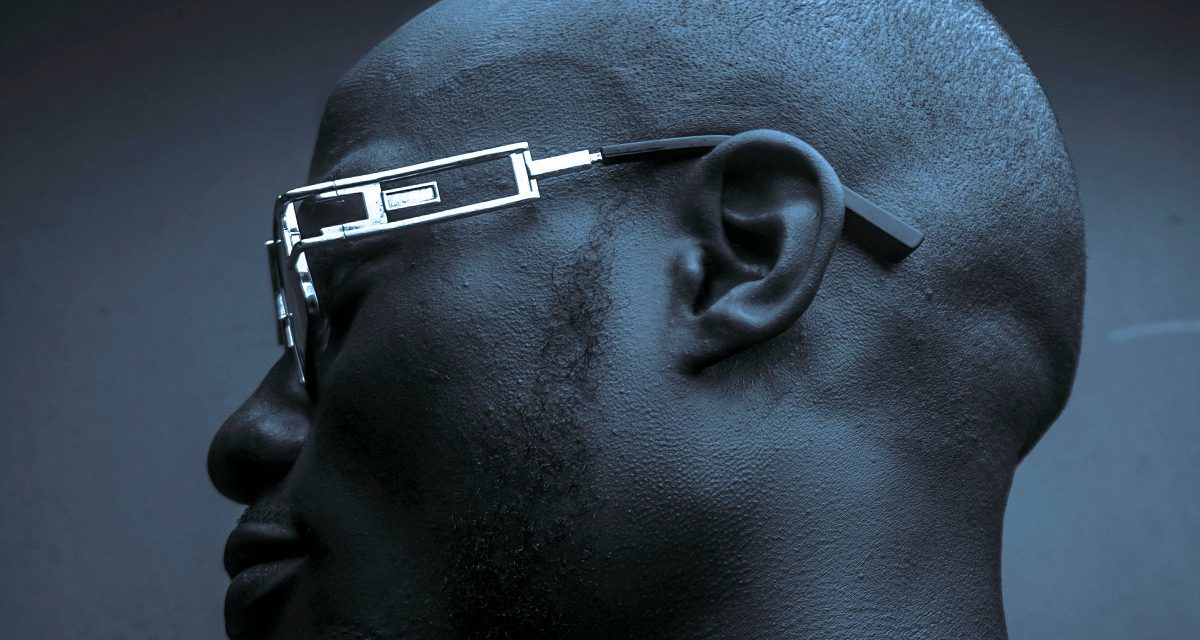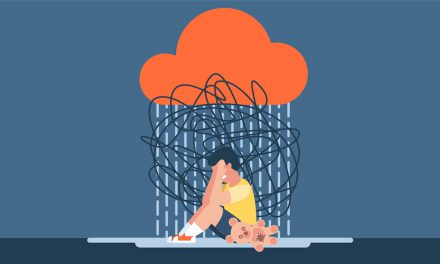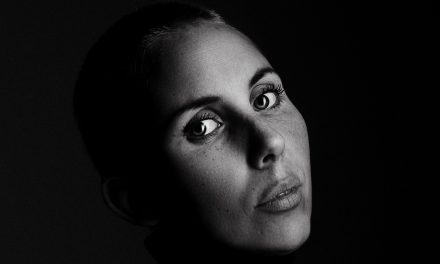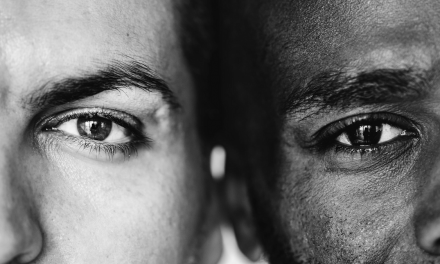Mental health stigma and lack of health insurance pose barriers to care regardless of race.
The national conversation surrounding suicide tends to leave out specific demographics, not taking into consideration that an intersection of social issues might cause one set of the population to be more at risk of dying of suicide than another. According to the Suicide Prevention Resource Center (SPRC), the risk of suicide rises among younger Black Americans with each passing generation. In Black males between the ages of 15-19, rates of suicide are nearly parallel to white males in the same age bracket. The Centers for Disease Control and Prevention (CDC) also reports that suicide is the third leading cause of death among Black men, age 15-24. Among the Black population, anxiety is the most prominent mental illness, and is the strongest mental health predictor of attempted suicides.
Sources of stress, like racism, exacerbate mental illness in Black people. Approaches to suicide prevention must be culturally conscious in order to be effective. Among environmental stressors such as crime, poverty, and racism, Black males face triple the stigma associated with mental illness. First, is the universal stigma against mental illness in general. People with mental illnesses are often dismissed and brushed off as being “crazy” or fabricating their disease. Second, there is a stigma among the general male population that to be depressed or anxious is a sign of weakness and a threat to true masculinity. Finally, within the Black community itself, mental illness is believed to be something that only affects white people, and that if mentally ill Black people “pray it away” they will be fine. With all these stigmas compounded, it is no wonder that suicide rates are rising astronomically among Black males, including children. In 2015, data revealed that there were more suicides among Black children ages 5-11 than among white children in the same age range.
According to the American Psychological Association (APA), 25% of Black American youth exposed to violence are at risk of developing post-traumatic stress disorder (PTSD), leaving them at risk of dying by suicide. Additionally, Black Americans are twice as likely as white people to be diagnosed with some form of schizophrenia. Forty percent of youth within the criminal justice system and 45% of youth within the foster care system are Black. Oftentimes, they fall through the cracks with unaddressed traumas and disorders.
Black women also face their share of stressors and concerns. The American Association of Suicidology (AAS) reports that Black women have the highest suicide attempt rates among non-Caribbean Black Americans. While successful suicide attempts among Black women remain the lowest in the nation, these numbers might be due to misclassification of their deaths. Regardless of statistics (or the lack thereof), there is little surrounding the conversation addressing Black women and girls and their pain or why their suicide attempt rates are so high.
The AAS reports that in 2014, more than 80% of all Black American suicides were committed by males. Elderly Black men also make up greater than 80 percent of the suicide rates in elder Black Americans. Additionally, Afro-Caribbean men in the United States have the highest suicide attempt rate among all Black Americans.
Factors that put Black Americans at risk of suicide include:
- Psychological distress
- Substance abuse
- Access to lethal means (such as firearms)
- Social isolation
- Homelessness
- Exposure to violence
- Family dysfunction
- Maladaptive coping skills
- Exposure to racial inequality
- History of suicide attempts
Additionally, lack of access to resources, lack of health coverage, and distrust of doctors due to medical racism keep many in the Black community from seeking the help they need. The belief that suicide is not a Black problem prevents parents, teachers, and other trusted adults from seeing the warning signs in their kids, and it keeps adults from reaching out on behalf of themselves. If there is no belief in the problem, there is no incentive to seek solutions. Without treatment for depression and anxiety, the risk of suicide is exponentially higher. Consequently, access to affordable health care must be addressed as a human right. Without it, people die.
On the brighter side, several elements of Black American culture prevent suicide within the community. These protective factors consist of strong kinship with others, ethnic pride, and familial support.
On the other end of the spectrum, rural white men are committing suicide at alarmingly high rates. Those residing in rural areas face similar barriers to health care as Black people in urban areas, including lack of access and lack of coverage. There is the additional crisis of substance abuse disorders, involving drugs and alcohol, that ravage rural communities. Farm families, in particular, seem to be affected.
A previous accessHealth article, Farmer Suicide Rate Continues to Rise in Rural Missouri, points out that economic downturns, foreign trade policy, and climate change hit rural Missouri so hard, that there are 16,000 fewer farms today than there were 20 years ago. Midwestern producers within agriculture have seen their incomes fall by 40%. During economic downturns, a town’s sense of community might crumble which further alienates those who struggle with anxiety, depression, bipolar disorder, and other common mood disorders. When a man feels like he can’t provide for his family, he might distance himself from his family and his friends due to the shame.
Along with location and socioeconomic circumstance, stigma surrounding mental health keeps white men in rural areas from seeking help. According to the CDC, white men make up 70% of all rural suicides. Many people in rural communities, including men, suffer from feelings of isolation and hopelessness in addition to financial troubles.
In both demographics, Black Americans and rural white men, guns pose a danger to those suffering from suicidal thoughts. When easy access to guns is combined with limited access to health care and mental health resources, the outcome is grim.
Mental illness is not cut and dried; the duration, frequency, and severity of symptoms might vary. One day, a person might feel completely stable, functioning as though nothing is wrong. The next, they might experience a total low point. The day after, it might be something in between. Additionally, a person might have an illness, such as depression, but not have every symptom of depression that exists. Depression, anxiety, and other disorders don’t look the same on everyone, and it’s important not to draw conclusions based on how happy or how high functioning a person appears to be on the outside.
Suicidal thoughts do not always sound like a person saying, “I want to kill myself.” Sometimes it is, “I wish I never existed,” or “I can’t do this anymore,” or “Things would be easier if I weren’t around.” People with suicidal thoughts also tend to believe that no one would care if they were gone. People who are suicidal might commit slow suicide by committing to behaviors that jeopardize their health, such as drugs and alcohol, risky sexual behaviors, crime, and other high-risk or dangerous thrill-seeking activities.
If you believe that you or a loved one might be suicidal, it is important to remember that you are not alone and there is help available. For immediate help, call 911, a local emergency number, or visit the emergency room right away. Unfortunately, most police officers are not equipped to handle mental health crises, so it might be best to go directly to the hospital.
In the event of a non-emergency, call the National Suicide Prevention Lifeline at 800-273-TALK (800-273-8255) to reach a trained counselor, or contact IMAlive, an online crisis network https://www.imalive.org/. IMAlive is beneficial for those who might have anxiety with speaking over the phone.








